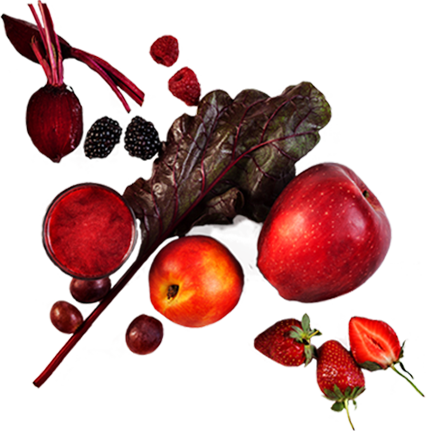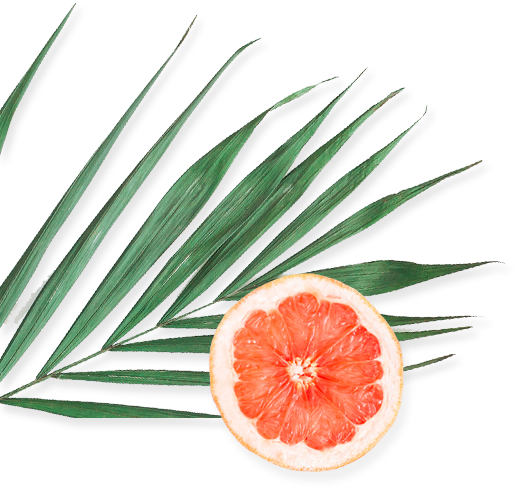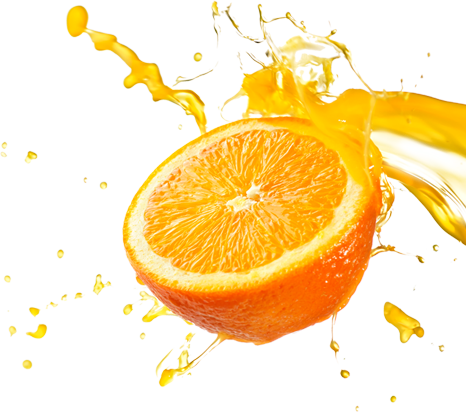
Alcoholic beverages: these are the trends in 2025

Featured Posts
Categories
Interested in more? Subscribe to our blog.
The market for alcoholic beverages will not stand still in 2025 either. New consumption habits, a continued increase in health awareness, and advancing digitalization are causing changes in beverages such as beer, wine, and cocktails. More and more consumers are questioning their alcohol consumption, looking for high-quality alternatives, and discovering new flavours and functional additives. The following developments show how diverse and dynamic the market has become this year.
Conscious Drinking - Less, but Better
A central theme for several years has been the megatrend towards mindful and health-conscious drinking. More and more consumers worldwide are consciously opting for alcohol-free or reduced-alcohol variants. They drink less, but more selectively, with a clear focus on quality and health aspects. In 2024, the proportion of respondents who say they spend less on alcohol is consistently higher than the proportion who say they spend more. In a survey by Mintel in China, 32 percent of consumers say they are reducing their alcohol consumption primarily out of concern for their health - with the goal of preventing chronic diseases. (Source: Mintel, 2024)
A look at current market figures confirms this trend. According to Innova Market Insights, the UK was leading in new introductions of reduced-alcohol and non-alcoholic beverages (period Oct. 2023 to March 2024). With a share of 40% of all launches in the overall category of alcoholic beverages and an average growth rate of ten percent per year, the UK market is particularly dynamic. Germany ranks second in Europe for reduced-alcohol and non-alcoholic variants. (Source: Innova, 2024)
Generations in Transition: Who Drinks What?
The younger generations - especially Gen Z and Gen X - show a particularly strong interest in alcohol-free alternatives. Around 3 out of 10 Europeans now regularly consume alcohol-free beverages. Many say they have consciously increased their consumption - in contrast to traditional alcoholic beverages, where a decline is more likely to be observed. The main reason for this change: consumers want to retain more control over their drinking behavior. (Innova, 2024)

Hard Seltzer: Popular in the USA
The development of Hard Seltzer beverages is also interesting. While the market share in the USA was 23% in 2024, only 8% of product launches of alcoholic beverages in Europe fell into this category. In the Asia-Pacific region, other flavoured alcoholic beverages also dominate with a share of 86 percent compared to only 14% for Hard Seltzers. (Source: Innova, 2024)
Convenience Counts - Ready-to-Drink Remains Strong
In the USA - and increasingly in other markets - Ready-to-Drink products (RTDs) in the category of alcoholic beverages are very popular. The quick, uncomplicated consumption, paired with modern packaging designs and trendy flavours, appeals especially to young, urban target groups. The success of these beverages is strongly fueled by social media, where they are staged as part of a modern, spontaneous lifestyle. Consumers increasingly buy online, discover new products through influencers or are inspired by algorithmically controlled recommendations.
Women as Market Drivers
A particularly exciting development can be seen in Asia: women are increasingly becoming the driving force in the segment of alcoholic beverages. In China, for example, there is significant growth in fruit-based beverages aimed at a female target group. Manufacturers are responding with specifically developed products that combine lightness, lifestyle, and taste.
Functional Ingredients Meet Enjoyment
Functional ingredients such as minerals or vitamins are becoming increasingly relevant throughout the beverage industry. They originally come from the soft drink segment, where they are now indispensable on the shelves. However, they are also increasingly being used in the category of alcoholic beverages, with these functional additives being used primarily in reduced-alcohol or non-alcoholic variants.
Beverages enriched with caffeine or turmeric specifically appeal to health-conscious consumers. These new products combine enjoyment with functional added value. For example, there is an alcohol-free beer on the market that is enriched with ten vitamins and important minerals. Other innovative products rely on functional ingredients such as Ashwagandha, L-Theanine or adaptogens. With an appropriate addition of vitamin B5, the approved health claim for cognitive performance can be communicated: contributes to normal mental performance. Vitamin B6 can be used to help reduce fatigue.
Claims Come into Focus
In addition to functional ingredients, products are also judged by their value statements. In the category of alcohol-free or reduced-alcohol beverages, the most common claim is "vegan," while gluten-free and calorie-reduced are also gaining popularity.
Looking at the overall market for alcoholic beverages, the most common attributes are gluten-free, vegan, alcohol-free, limited edition and sugar-free. From October 2023 to March 2024, according to Innova these attributes occupied the top spots for new product launches in Europe and the USA. Terms such as "GMO-free," "seasonal," "natural" or "traditional" are also gaining importance.
Premiumization and Experimental Flavours
Exotic fruits, herbs or functional ingredients give established beverages a modern twist and offer an exciting taste experience. They stand for high-quality products and can convince with quality, taste and brand value. Consumers are willing to spend more money on alcoholic beverages for this reason. This so-called premiumization now affects not only wine and spirits but also traditionally cheaper categories such as beer or fruit wine. Curiosity about new, unusual flavour compositions is also growing.

Fruity Freshness Remains Popular
In line with global market trends, flavour innovations and creating moments of enjoyment are of great importance in product development.
In the overall category of flavored alcoholic beverages, however, classic fruity flavors dominate. The global top 5 are:
- lemon
- lime
- strawberry
- passion fruit
- orange
According to Innova these are among the most popular variants. Lime is particularly popular in Europe and the USA. These fresh flavours combine classic drinking enjoyment with summer lightness and fit perfectly with modern functional concepts. (Source: Innova, 2024)
In recent years however, the cocktail industry has also focused on flavours inspired by savory dishes. It has partly moved away from traditional sweet flavour profiles and adopted more complex tastes such as salty and spicy. Bartenders in China for example draw on regional culinary traditions and use various spices and ingredients to create innovative cocktails. (Source: Mintel, 2024)
Cultural and Regional Influences
The development of global trade, widespread advertising on social media platforms, and consumers' constant search for new flavours lead to a turn towards regional and culturally influenced products. Consumers are increasingly interested in the origin of their drinks and enjoy discovering other cultures' enjoyment traditions. Products from niche regions such as Georgian wine or Indian whiskey are becoming increasingly popular in China - not only because of their taste but also because of the stories and traditions they embody. The combination of authenticity and quality makes such products particularly attractive. (Source: Mintel, 2024)
Conclusion:
In 2025, the market for alcoholic beverages is clearly developing towards health, quality, and functionality. The trend from recent years continues, and consumers show increasing demand for reduced alcohol content, driven by a more conscious and healthier lifestyle. Consumers drink more consciously, prefer alcohol-free or reduced variants, and pay more attention to functional ingredients as well as transparent product promises. Digital channels, convenience products, and the growing interest in regional and cultural specialties shape consumption behavior, as does the desire for new, exciting taste experiences. For manufacturers, there are numerous opportunities to develop innovative products that convincingly combine enjoyment and health.

Julia WurzerAuthor
Marketing Manager


